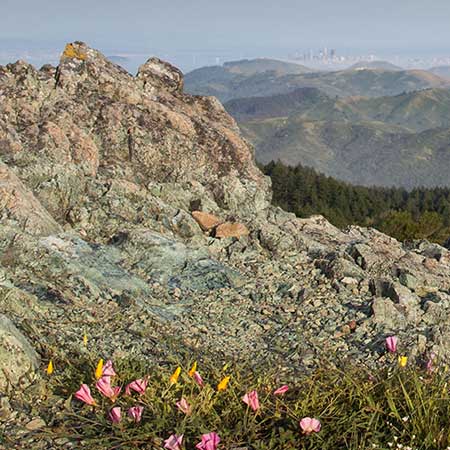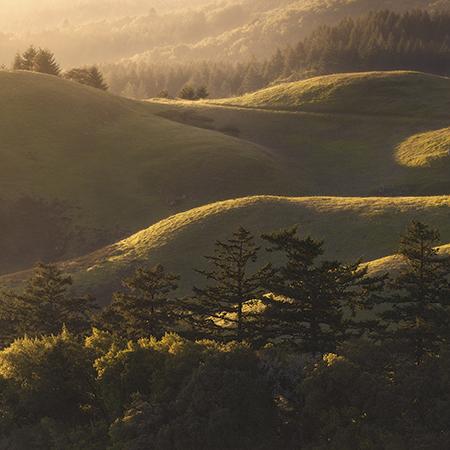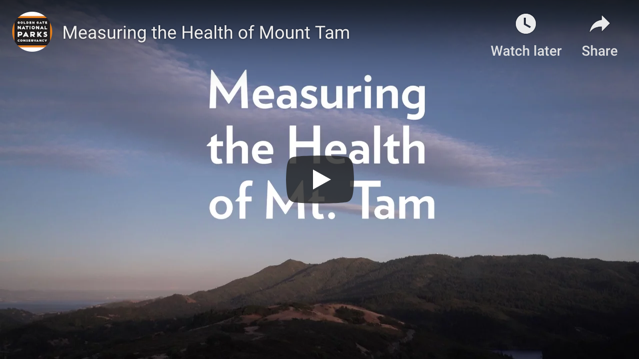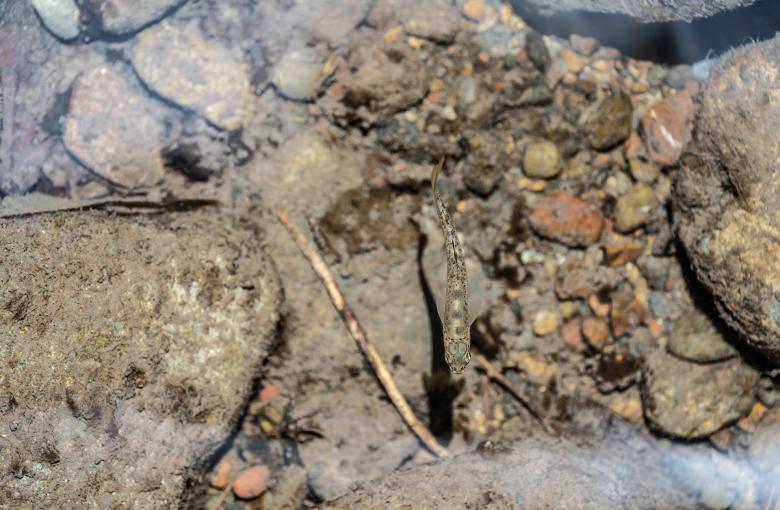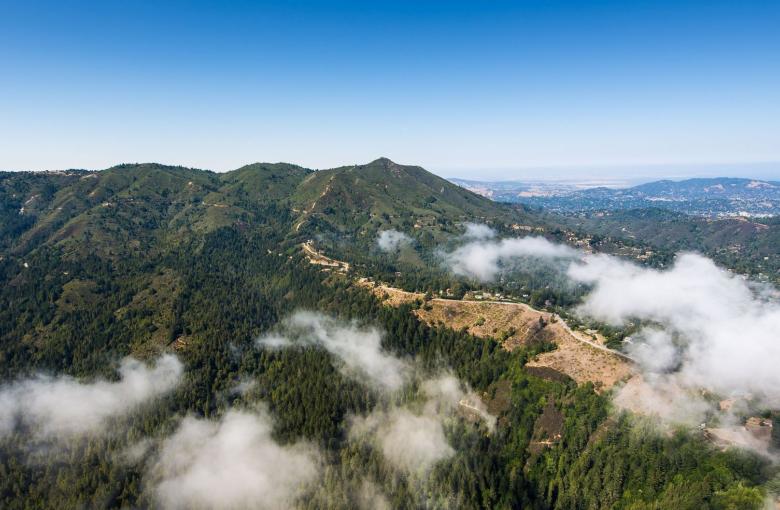Peak Health
Landscapes
Most of Mt. Tam’s plant communities are suffering the effects of climate change, invasive species, plant disease, and fire.
To maintain a healthy, vibrant, and diverse Mt. Tamalpais, One Tam partners begin with understanding how key indicators of ecological health are faring, and how we can better care for this iconic and beloved place. Along with other Bay Area scientists, we have come together to try to answer the question: Is Mt. Tamalpais at peak health?
The information presented here is the result of an unprecedented collaboration among Mt. Tamalpais’ land managers, the Golden Gate National Parks Conservancy, and the scientific community to use the most current data and best expert judgment to understand and evaluate the mountain’s health. The first report, Measuring the Health of a Mountain, was published in 2016. We subsequently completed the first update in 2023, Peak Health: An Update on the Status of Mt. Tamalpais’ Ecosystems.
This guide was created to help others interested in doing their own ecological health assessments.
![]() Mt. Tamalpais’ ecosystems are in an overall Fair condition. Some of the mountain’s plants and wildlife are thriving, while others are suffering the effects of invasive species, plant disease, changed fire frequencies, and climate change. However, even some of those in decline are at a point where their trajectory can still be improved.
Mt. Tamalpais’ ecosystems are in an overall Fair condition. Some of the mountain’s plants and wildlife are thriving, while others are suffering the effects of invasive species, plant disease, changed fire frequencies, and climate change. However, even some of those in decline are at a point where their trajectory can still be improved.
What’s new in this update? Since 2016, we were able to fill information gaps identified in the first report including bats, bees, and California giant salamanders. We used new data sources, such as the Marin Countywide Vegetation Map and community-sourced data from iNaturalist. We also incorporated updated information about our ecosystems’ vulnerability to climate change. The condition and trend of many species or groups, such as lichens remain largely unknown.
We did not establish a trend in the overall condition for Mt. Tam between 2016 and 2022 because of the addition of new indicators since 2016, an expanded geography, and a major new vegetation mapping effort that parses those communities differently than before. In addition, some indicators improved while others declined or did not see a change in condition.
Learn more through the links to the Wildlife, Plants, and Landscapes health indicator assessments above, or download the full report here.
Check our calendar for upcoming public events where you can learn more about the mountain’s ecosystems.



